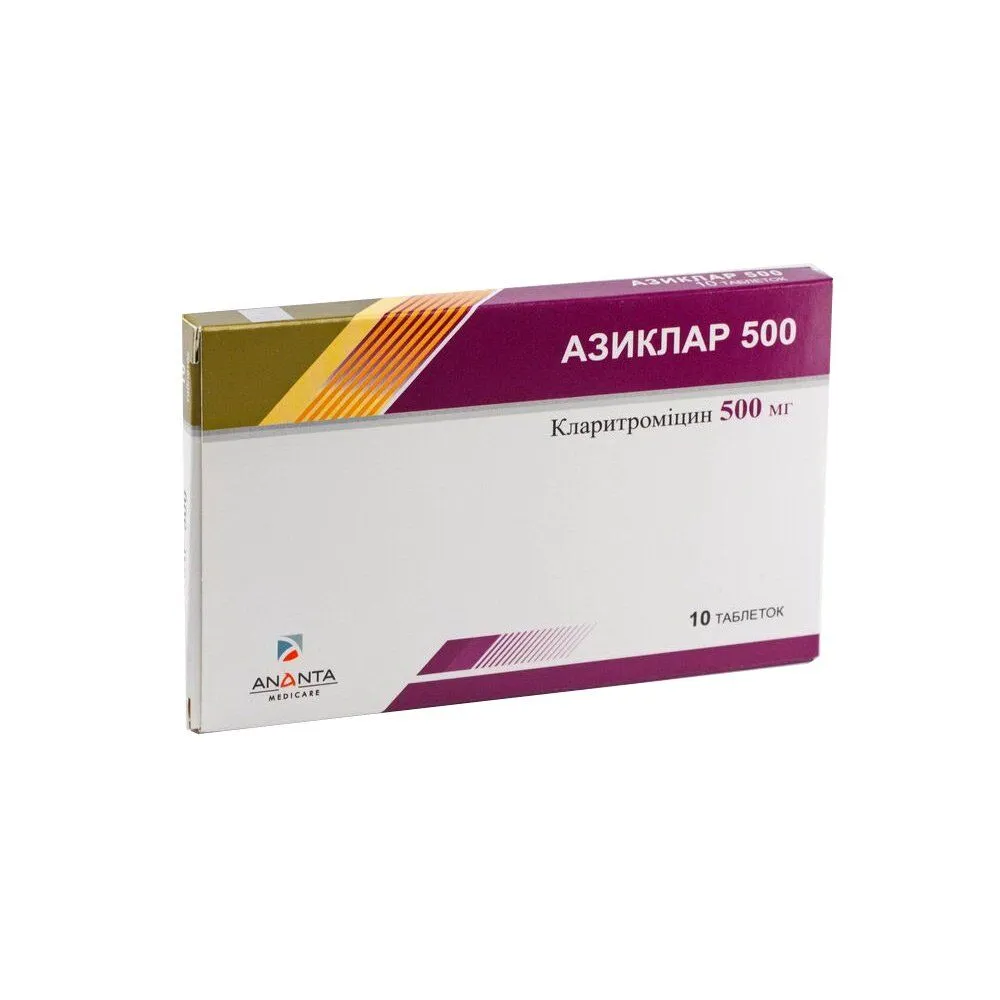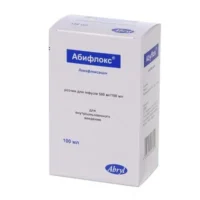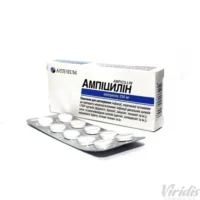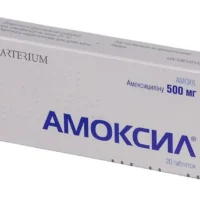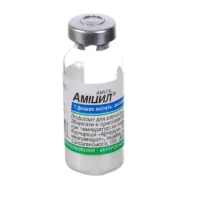Description
Aziclar 500 (Clarithromycin) Coated Tablets 500 mg. №10
Composition
Each coated tablet contains 500 mg of clarithromycin.
Mechanism of Action
Clarithromycin, a macrolide antibiotic, inhibits bacterial protein synthesis, exerting its bacteriostatic effect against susceptible microorganisms.
Pharmacological Properties
Clarithromycin demonstrates broad-spectrum activity against various bacteria, making it effective in treating bacterial infections.
Indications for Use
Aziclar 500 is indicated for the treatment of bacterial infections caused by susceptible microorganisms.
Contraindications
Aziclar 500 should not be used in individuals with a known hypersensitivity to clarithromycin or other macrolide antibiotics.
Side Effects
Common side effects of Aziclar 500 may include gastrointestinal disturbances, allergic reactions, and potential drug interactions. Seek medical advice if severe adverse effects occur.
Usage Instructions
The typical dosage for adults is one 500 mg tablet orally every 12 hours for a duration of 7 to 14 days. It is crucial to adhere to the prescribed regimen without skipping doses or ending treatment prematurely.
Benefits Compared to Analogues
Aziclar 500, with clarithromycin as its active ingredient, offers a potent antibacterial effect against a wide range of pathogens, enhancing its therapeutic value in treating infections.
Suitable Patient Groups
Aziclar 500 is suitable for adult patients. Dosage adjustments may be necessary for specific populations such as the elderly or those with renal impairment. Consult a healthcare provider for personalized recommendations.
Storage and Shelf Life
Store Aziclar 500 in a cool, dry place away from moisture and sunlight. Check the expiration date on the packaging and do not use the product beyond the stated shelf life.
Packaging Description
Aziclar 500 is available in blister packs containing 10 coated tablets of 500 mg strength each.
Scientific Evidence
Clarithromycin’s efficacy in treating bacterial infections has been well-documented in clinical studies. Its mechanism of action and broad antibacterial spectrum contribute to its therapeutic success.

